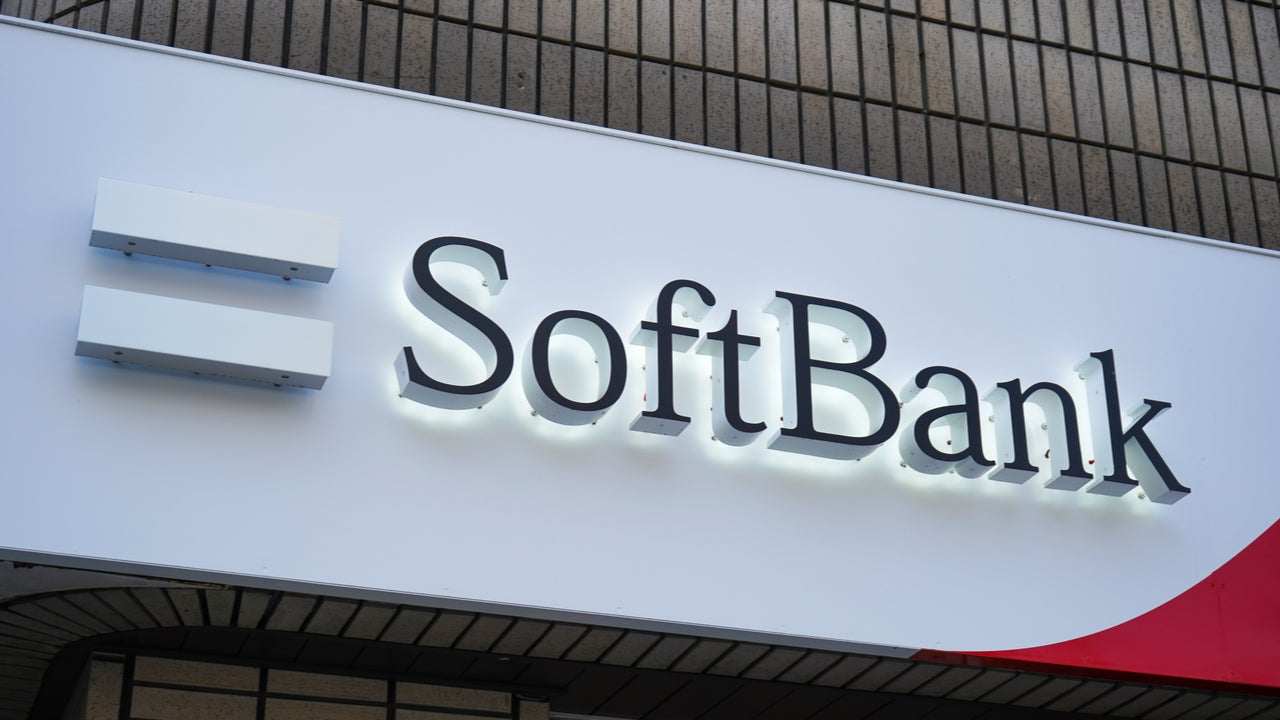
Japanese investment management conglomerate SoftBank Corporation announced it will issue a sustainability bond to fund its novel high-altitude platform station (HAPS) project designed to enable Internet service in currently hard-to-reach locales. Sustainability bonds are becoming an increasingly popular way for telecoms operators to fund environmental initiatives; however, investors may be skeptical of SoftBank’s plans to use a sustainability bond to fund development of its still-unproven HAPS model.
SoftBank, which includes among its holdings the third-largest wireless operator in Japan, announced in November that it plans to issue a sustainability bond by the end of its current fiscal year in March 2022. SoftBank joins a number of companies in telecoms and other industries that have been active in the sustainability bond market in the past few years.
Earlier in 2021, Verizon allocated proceeds from a $1 billion ‘green bond’ and took steps toward issuing a third $1 billion bond after issuing its first such bond in 2019. In total, Bank of America estimates that $800 billion of sustainable bonds have been issued as of September 2021.
SoftBank Sunglider
Sustainability bonds are typically devoted to projects that help resolve environmental and social issues. For instance, Verizon’s bonds have funded 14 virtual power purchase agreements for nearly 1.9 gigawatts of renewable energy capacity. By contrast, SoftBank’s HAPS initiative is clearly aimed at furthering SoftBank’s sustainability goals related to infrastructure resiliency and reducing inequality within and among countries, but has much more work to do before it can make an impact – and only if the technology and related business models can be proven.
SoftBank’s HAPS units are unmanned aircraft systems flown in the stratosphere that act as airborne base stations, providing LTE or 5G connectivity to mountainous areas, remote islands, developed countries, and other areas lacking fixed infrastructure, without requiring terrestrial telecoms infrastructure. HAPS could also theoretically aid in rescue efforts and network recovery during natural disasters. Alongside HAPS, SoftBank is also developing solar-powered unmanned ‘Sunglider’ aircraft that would serve as floating base stations within the stratosphere, approximately 20 kilometers above the earth’s surface.
Potential miss – HAPS
One challenge, of course, is that HAPS is still unproven despite years of development; SoftBank itself concedes the system is five to six years from commercial availability. Complicating matters is the fact that Alphabet/Google, HAPS’s most visible proponent for many years, abandoned its balloon-based connectivity project, Loon, in 2019, citing both technical and business model challenges.
How well do you really know your competitors?
Access the most comprehensive Company Profiles on the market, powered by GlobalData. Save hours of research. Gain competitive edge.

Thank you!
Your download email will arrive shortly
Not ready to buy yet? Download a free sample
We are confident about the unique quality of our Company Profiles. However, we want you to make the most beneficial decision for your business, so we offer a free sample that you can download by submitting the below form
By GlobalDataUltimately, however, the biggest challenge is the handful of low Earth orbit (LEO) satellite networks being deployed over the next few years, including pet projects from billionaires Elon Musk (Starlink) and Jeff Bezos (Project Kuiper), which may soon address many of the challenges SoftBank has cited as its rationale for issuing its sustainability bond.





Related Company Profiles
Bank of America Corp
SoftBank Corp